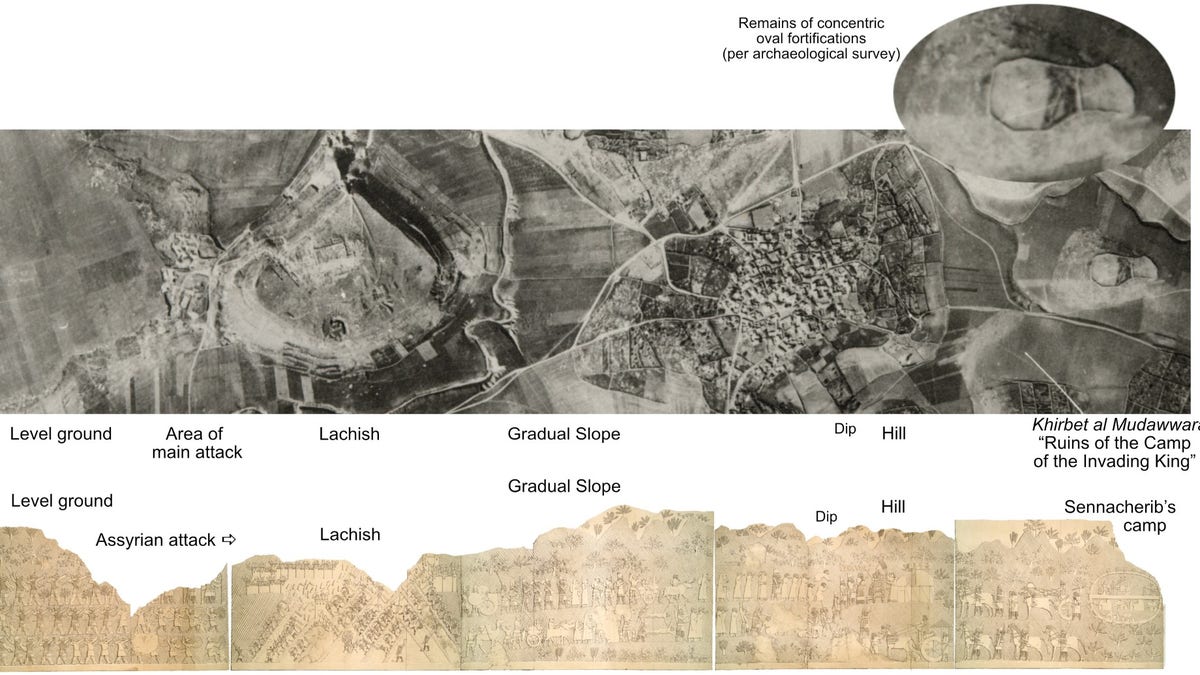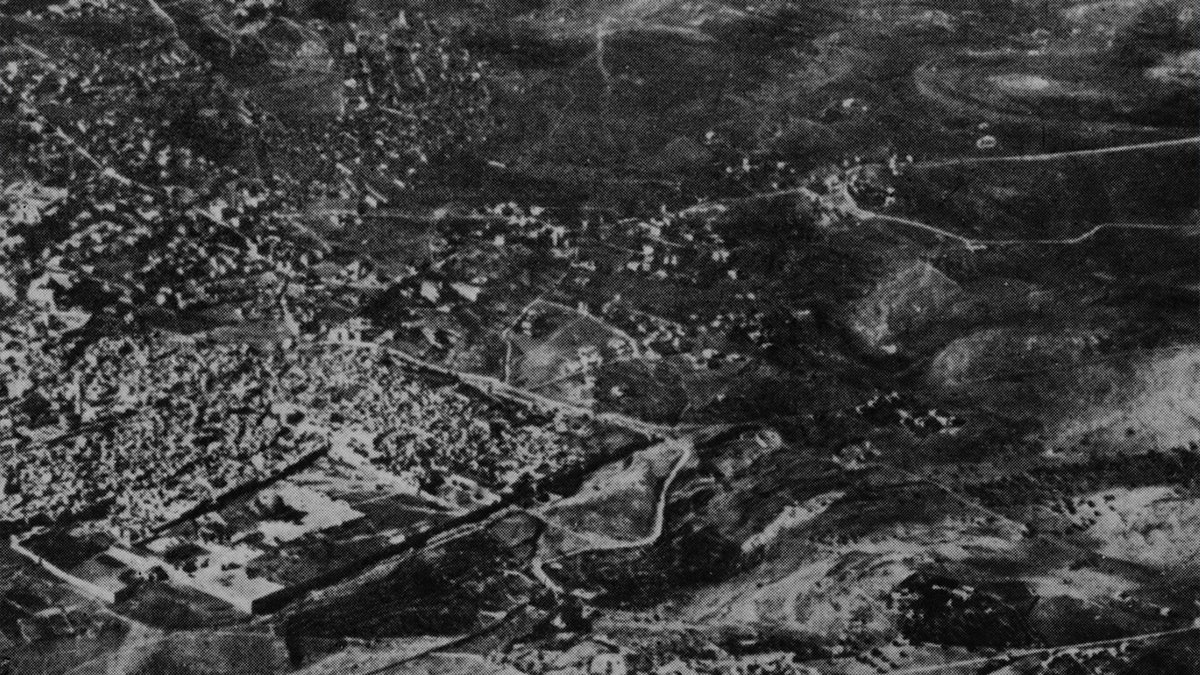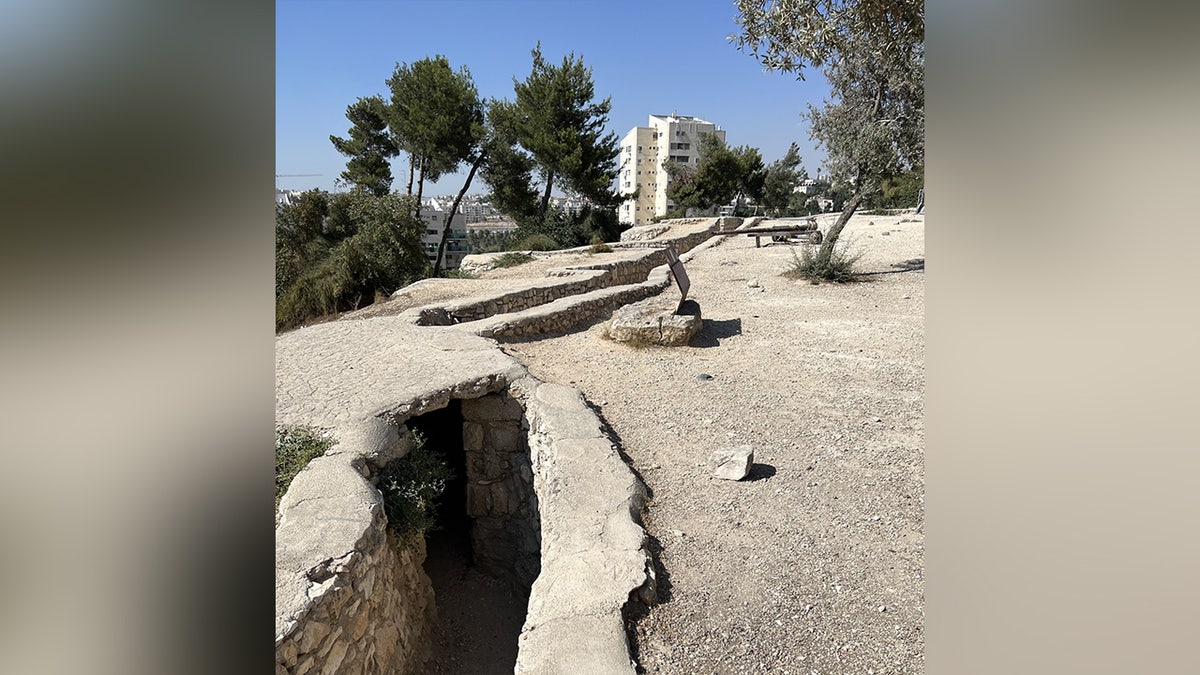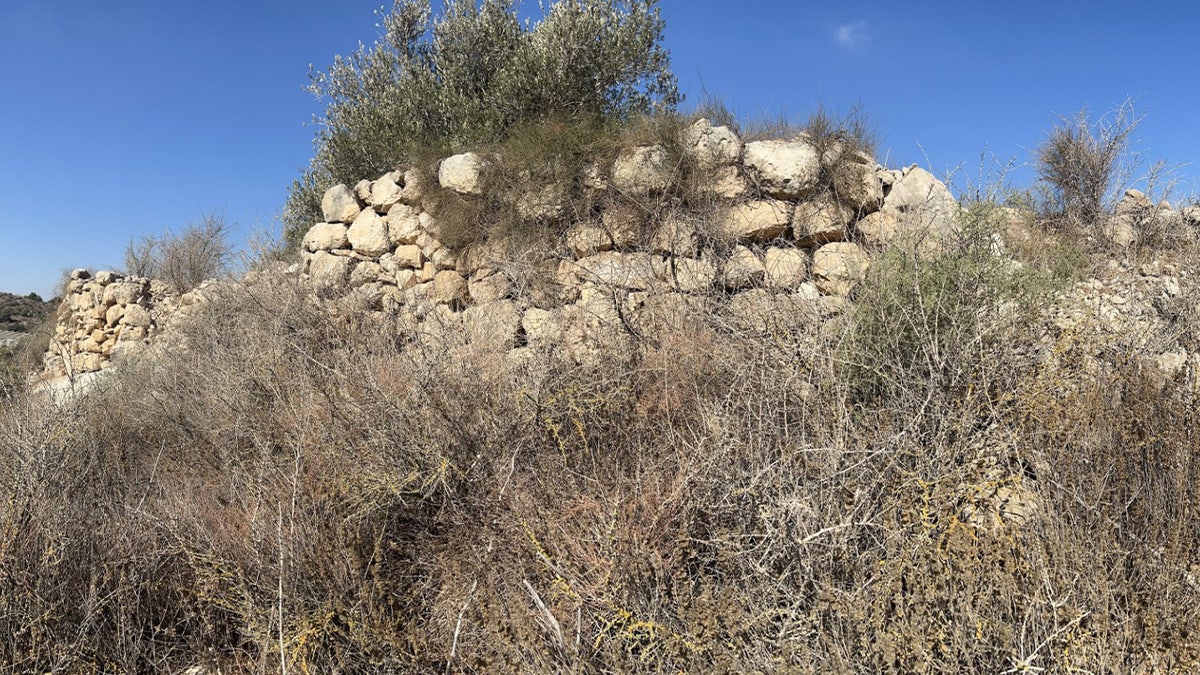close 
Long-lost Assyrian camp recently found supports Biblical account, expert says
Stephen Compton, an independent scholar specializing in Near Eastern Archaeology, has utilized modern mapping techniques to locate what he believes is an Assyrian Empire camp represented in the Hebrew Bible. (Fox News Digital)
A recent discovery in Israel may corroborate an epic biblical account of an angel of the Lord wiping out 185,000 Assyrian soldiers, an independent scholar claims.
Stephen Compton, an independent scholar specializing in Near Eastern archaeology, utilized a modern mapping technique to find the discovery of, what he believes, are ancient Assyrian military camps, from circa 700 B.C.
The discovery, which is also detailed in Assyrian texts, Greek histories and the Hebrew Bible, could verify the biblical account of 2 Kings 19:35; Isaiah 37: 36-38 and 2 Chronicles, 32:21.
WORLD’S OLDEST WINE DISCOVERED IN ANCIENT ROMAN BURIAL SITE
And it came to pass that night, that the angel of the Lord went out and smote in the camp of the Assyrians a hundred fourscore and five thousand; and when they arose early in the morning, behold, they were all dead corpses.

Stone panels from the walls of the Assyrian Emperor Sennacherib’s palace show his military camp. The 24 guard towers along the camp’s perimeter wall, each with three windows visible, indicate a substantial fortification. (Steve Compton)
The scholar detailed his finds in the journal Near Eastern Archaeology and shared with Fox News Digital the historical significance.
“One of the important cities that he conquered, which is mentioned in the Bible as well as in Assyrian documents, is Lachish,” he said. “And on the wall of Sennacherib’s palace he had a relief depicting, in stone carving, the conquest of the city of Lachish, and then after one side his military camp. And his military camp was a large oval. This image from the wall of his palace is now on the wall of the British Museum. But it’s never been found.”
Matching the landscape to the relief in Assyrian King Sennacherib’s palace and using early aerial photographs of Lachish prior to modern development, Compton created a virtual map to pinpoint the site of the military camp.

Bottom: The entire scene from Sennacherib’s palace wall as drawn by its excavator, Austen Henry Layard, in 1849. Top: The same landscape as photographed from a plane in 1945, prior to modern alterations to the landscape. Correlating the two indicated a likely location for the ruins of Sennacherib’s camp. (Steve Compton)

The earliest aerial photograph of Jerusalem, lower left, with an oval fortification visible on a hill in the upper right. From the collection of the Library of Congress. (Steve Compton)
The oval shape of Assyrian King Sennacherib’s military camp helped narrow down Compton’s research.
“We knew it was an oval. What I did was I took the image of the relief and match it up with recognizable features in the landscape with the actual landscape and overlayed the two,” he said. “I used earlier photographs of the landscape from World War II, right before major changes were made.”
LOKICERATOPS, A ‘REMARKABLE’ NEW DINOSAUR SPECIES, HAS BEEN FOUND IN MONTANA, RESEARCHERS SAY
“And it was a match,” he said.
Compton said the military camp’s location, position, dates and name fit into the historical context of Sennacherib’s invasion camp.

The site of Sennacherib’s Jerusalem camp, now known as Ammunition Hill. (Steve Compton)

Ruined walls are visible today at the site of Sennacherib’s Lachish camp. (Steve Compton)
Compton shared that he hopes an archaeological excavation team will investigate the site to provide additional information.
CLICK HERE TO GET THE FOX NEWS APP
“I think it’s exciting to have found the spot, and I hope that we’ll soon see archaeological excavations there that can give us more information about the site,” he said.
Sarah Rumpf-Whitten is a breaking news writer for Fox News Digital and Fox Business.
She is a native of Massachusetts and is based in Orlando, Florida.
Story tips and ideas can be sent to [email protected] and on X: @s_rumpfwhitten.
